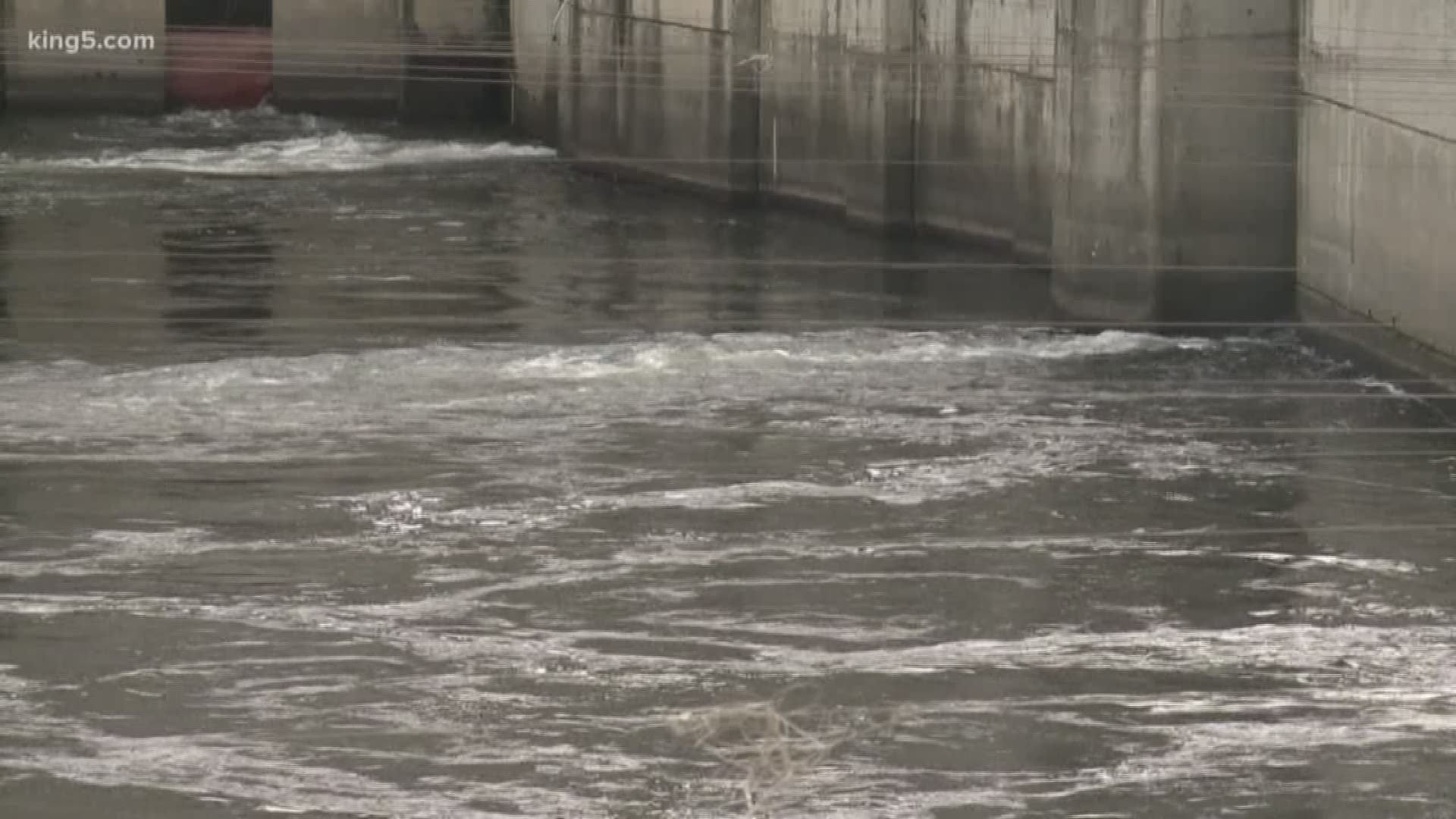ALMOTA, Wash — Federal regulators have rejected the idea of removing four hydroelectric dams on a major Pacific Northwest river in a last-ditch effort to save threatened and endangered salmon.
A report released Friday says breaching the dams would destabilize the power grid, increase greenhouse emissions and raise the risk of power outages.
The four dams on the lower Snake River are part of a complex hydroelectric system operated by the federal government on the Columbia and Snake rivers in Washington, Oregon, Idaho and Montana.
The 14 dams together produce enough electricity to power eight cities the size of Seattle. The dams also provide some irrigation and flood control and allow barges to operate all the way to Lewiston, Idaho.
However, the dams are disastrous for salmon.
"At this critical point, when what were the world’s most abundant salmon runs are nearing extinction, what we need are new solutions, not a repackaging of previous strategies that clearly haven’t, and won’t, deliver the recovery of salmon," Tom France, regional director for the Regional Director of the National Wildlife Federation's Pacific Northwest Center.
The public now has 45 days to comment.
Gov. Kate Brown previously sent a letter to Washington’s Democratic Gov. Jay Inslee saying she believes it is the best way to increase endangered salmon runs.
In May, Gov. Inslee signed a bill providing $750,000 to study how to best help impacted communities if the four federal dams on the Snake River were breached.

